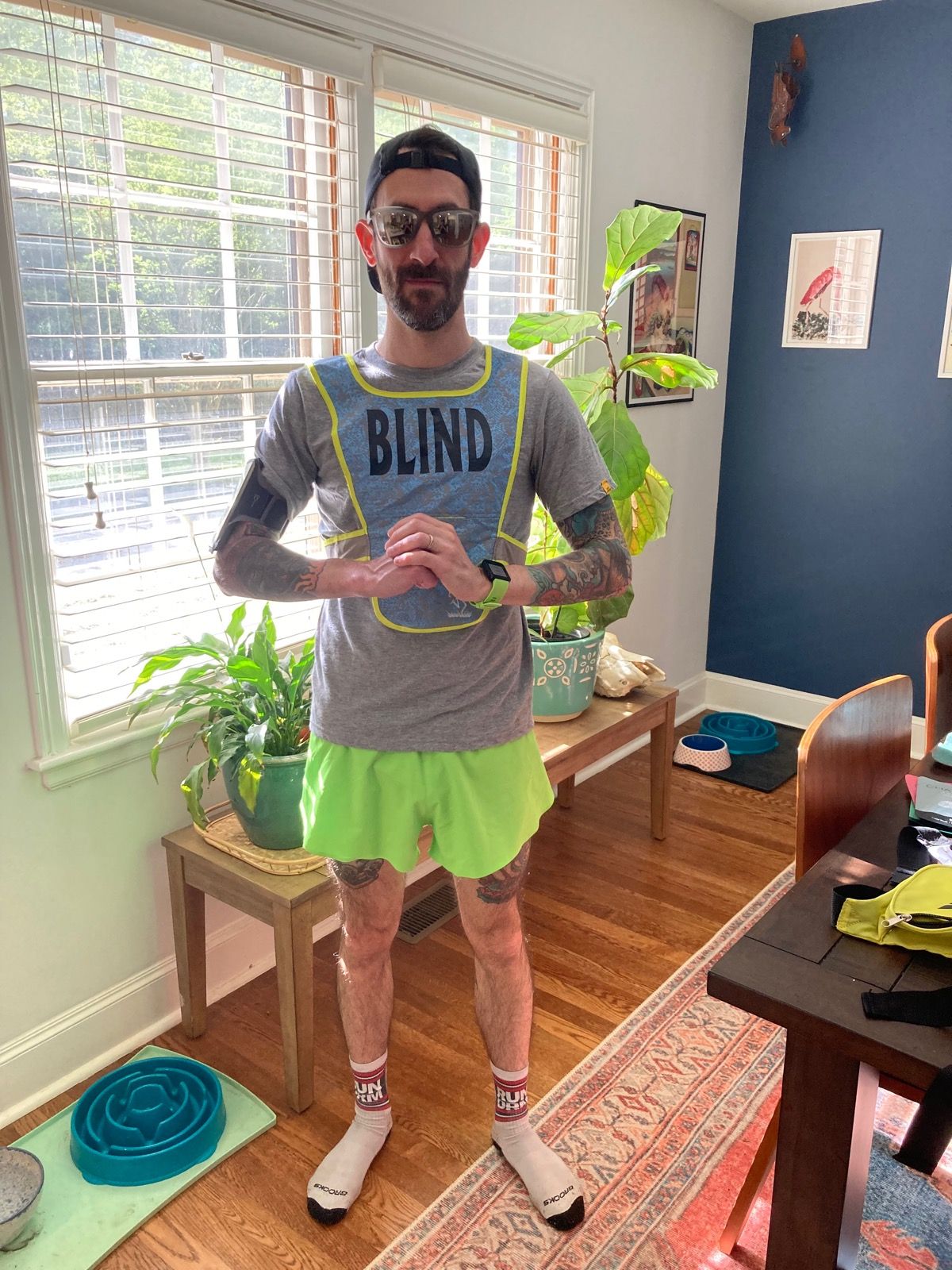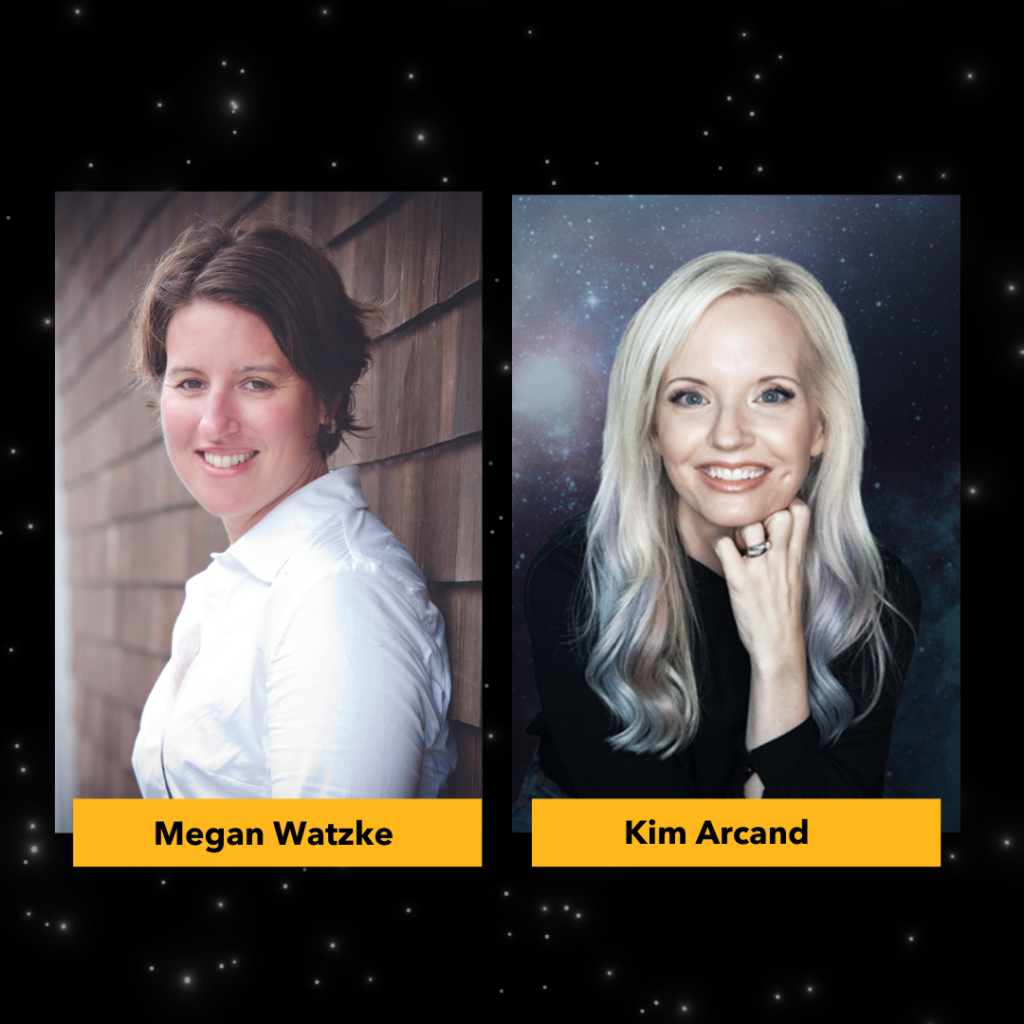I’m Richie, and I’m a self-described #Glaucomaniac and rare disease advocate. Because back in 2019, I was working in ophthalmology, essentially as a traveling sales guy, when an abnormal eye exam turned my life upside down.
Twists and turns on the way to a diagnosis
Like many others, my road to diagnosis was a bumpy one. It started with a clear cut, albeit early-onset, case of glaucoma before morphing into a terminal, rare disease (mis)diagnosis of Wolfram syndrome.
The doctor told me that two-thirds of patients are dead by 30 and that the ride out would be rough. In addition to vision loss, and similar to patients with Lou Gehrig’s disease, I could look forward to my brain stem turning to jelly, losing the ability to breathe on my own, and remaining very much aware of what was happening.
Fortunately, as a lapsed Buddhist, I was comfortable with the concept of impermanence.
Later, I learned that I was actually going blind due to an even rarer and related orphan disease called Wolfram-like syndrome. With Wolfram-like syndrome, patients typically begin to lose eyesight during early childhood and become insulin-dependent shortly thereafter. Clearly, I’m anything but typical.
Charles Bonnet, uninvited guest
At the time, I didn’t understand that one common manifestation of failing eyesight and the brain’s inability to cope is something called Charles Bonnet syndrome. With Charles Bonnet, patients can experience both simple visuals of repeated patterns and shapes as well as complex hallucinations where they see things like dragons, disembodied heads and strange landscapes.
Visions may appear for no reason at all and can last minutes or hours. I see dogs that don’t exist, can’t read busy intersections, and am no longer a reliable witness. For example, one time my brain told me my wife was wearing Groucho Marx glasses and nose putty.
Getting back to advocacy
Needless to say, the hallucinations and inability to trust my own eyes make work tricky as there are no adaptive technologies to fill the gaps. So, feeling like a life on the road was no longer right for me, I got to thinking, and, truthfully, got a little greedy. I wanted to:
- Make the move back to advocacy
- Build awareness of clinical research as a care option
- Get others screened for symptom-free vision loss
- Become a champion for patient-focused drug development
- And, oh yeah, help fellow advocates find their voice and assist those with an important message and limited audience find a wider platform
Now, I spend my time working to better incorporate the patient perspective into clinical development. More recently, I’ve had the pleasure of joining the board of a nonprofit serving young adults 18-35 impacted by rare disease, something that wouldn’t have been possible were it not for my vision loss.
Since receiving my diagnosis, I’ve made it a point of connecting with as many individuals with visual impairment as possible including, oddly enough, a number of record-setting, Paralympic athletes. When I think about what they’ve managed to accomplish, I realize all that’s possible despite my change in circumstances.
While not exactly the life I had planned, I wouldn’t change it for the world.
About the author
Richie is a health policy professional by training, clinical researcher by trade, and patient advocate by necessity. A rare disease patient and clinical trial participant himself, Richie is intensely passionate about better incorporating the patient perspective into the clinical development process.
Learn more about Richie: visit his website, follow him on Twitter and Instagram, and connect with him on LinkedIn.



